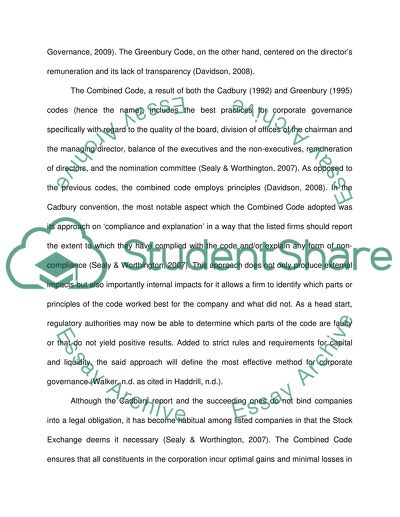Cite this document
(“Agency theory and corporate governance Assignment”, n.d.)
Retrieved from https://studentshare.org/family-consumer-science/1404642-agency-theory-and-corporate-governance
Retrieved from https://studentshare.org/family-consumer-science/1404642-agency-theory-and-corporate-governance
(Agency Theory and Corporate Governance Assignment)
https://studentshare.org/family-consumer-science/1404642-agency-theory-and-corporate-governance.
https://studentshare.org/family-consumer-science/1404642-agency-theory-and-corporate-governance.
“Agency Theory and Corporate Governance Assignment”, n.d. https://studentshare.org/family-consumer-science/1404642-agency-theory-and-corporate-governance.


